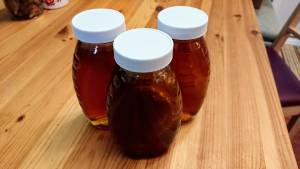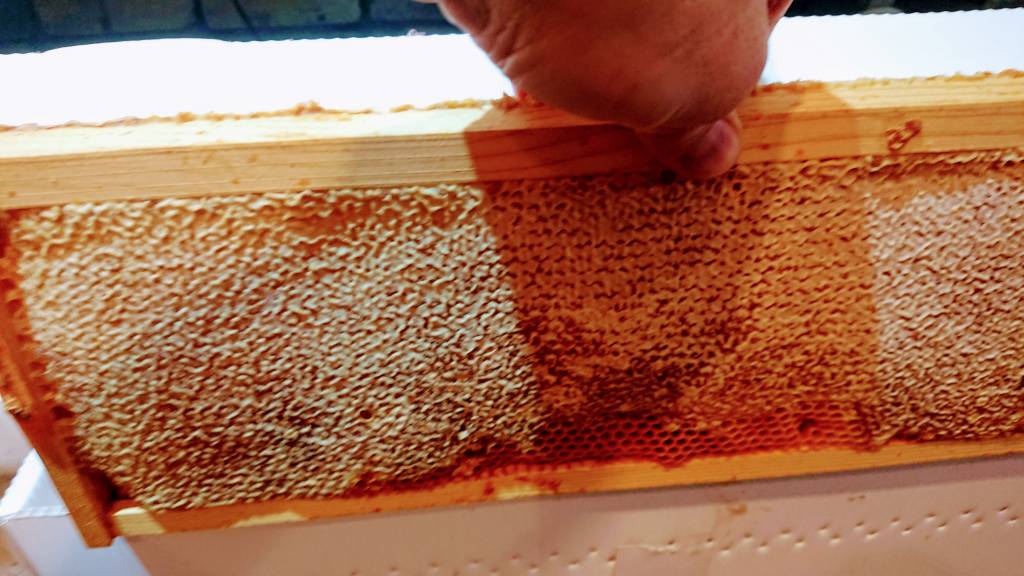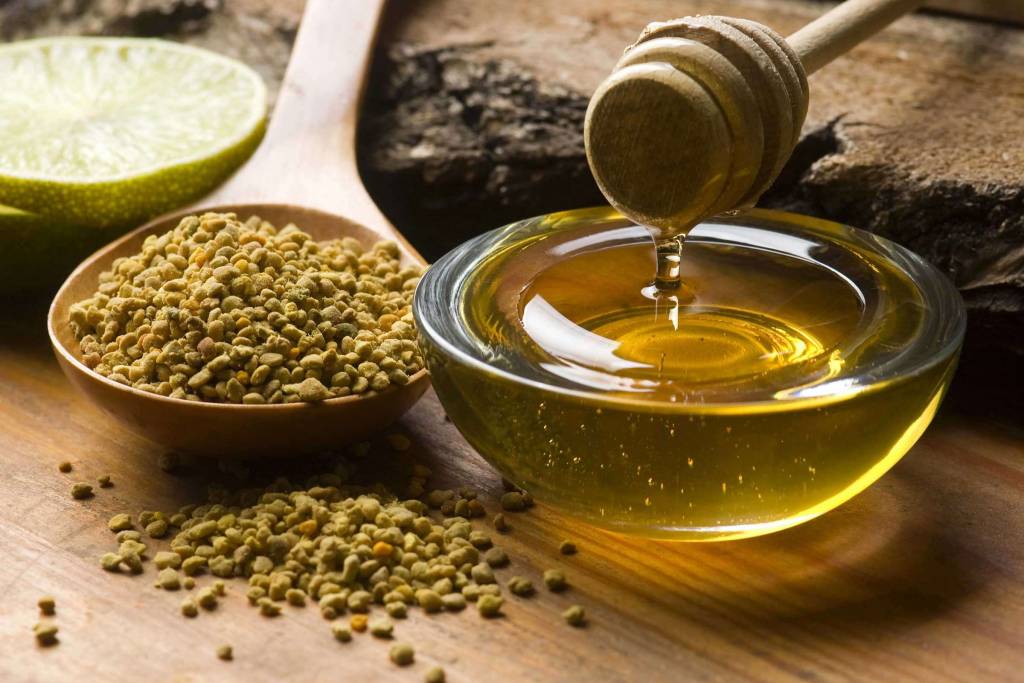 Honey is perhaps one of the most complex natural foods in terms of subtleties and variations. Some people have compared honey to wine in this regard and enjoy testing “honey tastings”, challenging their palates to identify the source of those flavors.
Honey is perhaps one of the most complex natural foods in terms of subtleties and variations. Some people have compared honey to wine in this regard and enjoy testing “honey tastings”, challenging their palates to identify the source of those flavors.
Broadly speaking there are Monofloral honeys produced from the nectar of a single type of flower and Polyfloral honeys produced from a wide variety of nectar sources.
In nature, true Monofloral honeys are pretty rare as wild bees don’t have the luxury of relying on a single species of plant, particularly over the course of the seasons. Monofloral varieties are more common in commercial beekeeping where hives are sometimes used to pollinate large orchards or mono-culture farming fields. Consumers have come to recognize and enjoy some of these varieties such as Clover, Orange Blossom, Alfalfa, and Buckwheat which are very common in the United States. Depending on where you live and your sources you may have access to many more, “predominantly monofloral” honeys such as: Acacia, Lavender, Tupelo, honeydew, Sourwood, Mesquite, Manuka, and so on.
Polyfloral honeys, on the other hand, are typically what is offered by small scale beekeepers and in wild honeybee hives. Sometimes called “wildflower” honey, these are composed of whatever nectar the bees find in their foraging range. In recently years, this sort of honey has enjoyed newfound popularity because they also contains local pollen which some claim helps with allergies. There is also the pleasure of knowing you are enjoying a completely unique honey variety, getting the absolute lowest carbon footprint and supporting local beekeepers and local pollinator populations.

Processes & Preparations
Blending is the practice of combining a wide variety of honeys, both in terms of nectar source, region and time of year. This is the case with most of the “grocery shelf” honey you’ll find in stores. Large honey distributors bulk purchase honey from medium and large apiaries and blend it together to attain consistent traits such as color, flavor and chemistry. In some ways, blended honey is similar to the homogenization of cow’s milk.
Synthetic honey and honey additives are a serious problem in the honey industry. Although more common with foreign honey producers, it has been known to happen with large US brands. Companies that are not particularly discriminate about their sourcing or that have moved operations to other countries are particularly vulnerable. Traditionally, there are several “folk tests” to determine if honey is fake or contains additives, but the demand for cheap honey has driven some manufacturers, particularly in China, to become ingenious in fooling most of these. Even laboratory analysis of pollen content and DNA has been faked in recent times. A good rule of thumb is that if it seems too inexpensive to be true, it probably is.
Raw honey is given to mean that the honey has not been heated or pasteurized and has only been filtered to the point of removing undesirably physical elements such as larger pieces of wax & propolis and miscellaneous debris. Typically none of these elements are harmful but they make honey crystallize faster and make it less reliable as an ingredient in various uses. This level of filtration is very modest, however, and is performed with a simple physical filter ranging from 200 to 600 microns. This is far larger than the biggest pollen or trace elements, leaving those in place and preserving natural honey’s health and nutrition benefits.
Organic honey means that the hives in question were not raised in coordination with crops that are treated with artificial fertilizers or pesticides. In practice, this is almost impossible because honeybees are resourceful foragers that will “free range” for several miles for nectar sources. However, organic honey producers do make a serious effort to locate their hives away from industrial farming locations to minimize the impact.
Pasteurization is the process of extreme heating of honey. This makes honey less viscous and helps with the sort of intense filtration and bottling that is common in industrial and large scale honey operations. The term pasteurization is considered marketing terminology by some beekeepers as honey typically does not need the sterilization measures that milk and similar products require. Regardless, the heating destroys many of the desirable contents and properties of raw honey and can alter flavor.
Ultra-filtration is often performed in conjunction with pasteurization in industrial honey processing. This form of filtration is much more complete than that found in raw honey, and is similar to water treatment filtration processes. It produces a very clean honey with few of the trace nutrients found in raw honey, and from a manufacturer’s point of view it decreases crystallization and clarifies honey, resulting a product with high transport-ability and shelf appeal.
Chunk/Comb is honey containing or consisting of the natural wax comb. Some people enjoy this style of honey for direct consumption and in some places and periods, it was a natural form of candy. Manufacturers sometimes create artificial comb and include a piece inside of processed and bottled honey. Although authentic chunk/comb honey generally commands a higher price, many beekeepers choose to extract only the liquid honey and return the comb to the hive. Wax production is very resource intensive for bees, so this reduces the impact of harvesting and stress on the hive.
Whipped or Creamed honey is honey that has been deliberately crystallized so that it can be churned into a spreadable form. It is very creamy at this point and some claim the flavor is intensified. It also makes honey an excellent topping, less prone to running and spilling.
Crystallization is the process by which sugars in honey crystallize out of the honey solution. This does not mean the honey has gone bad, and in fact when you hear about honey remaining safely edible for extremely long times, it was typically found in crystallized form. Crystallization is a natural process influenced by temperature, humidity and natural elements in the honey. As a rule, honey that is less processed is more prone to crystallization than its more heavily processed counterparts. However, bottled honey that has been crystallized can usually be gently heated in a water bath to liquefy it again. Heating honey quickly in a pot or microwave can burn it, destroy the flavor, or in some extreme cases actually catch fire.
